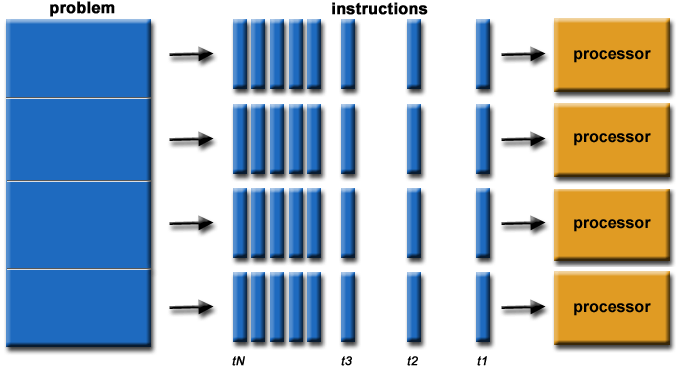It highly depends on the goal of your classifier, or your Bulk Volume Classification Algorithm in this case.
MikeRand might be right, if you would be in any search of one hour or few hours candles information from time-frame viewpoint.
But, if your time-frame might be lower (e.g., 1 min, 5 min), which may appear so, then your intuition is right, yet you will face accuracy issues, as MikeRand very well points out. However, if, at this time, accuracy may not be an issue for you, and you are interested in prototyping a BVCA, that is fine then.
Trading algorithms are very pertinent to speed processing systems. If I were you, I would first prototype one BVCA (e.g., any time-frame), then redesign and re-architect for expanding into a asyn system of algorithms in tangent based on only BVCA algorithm or other practical algorithms such that I could implement it to lower time-frames (1 second, 5 seconds, ... , 1 min, 5 mins, ...) as well as higher time-frames (e.g., 1 hour, 3 hours, ..., 1 day). Because in algorithmic trading systems, you can extract various features from each of this time-frame, which are important and connected to information from other time-frames, and that is what practical traders do by sitting and watching the real-time charts.
I would then optimize for precision based on processed data from each time-frame, according to my objective function, however that would be. Because, computational costs may not be a factor or issue in algorithmic trading systems, not to mention you may be able to rent super-computing CPU services, once you are done with prototyping and scale-up, in production level, which will help you to perform your entire computations in 0.5<t<5 seconds.
Great question!

